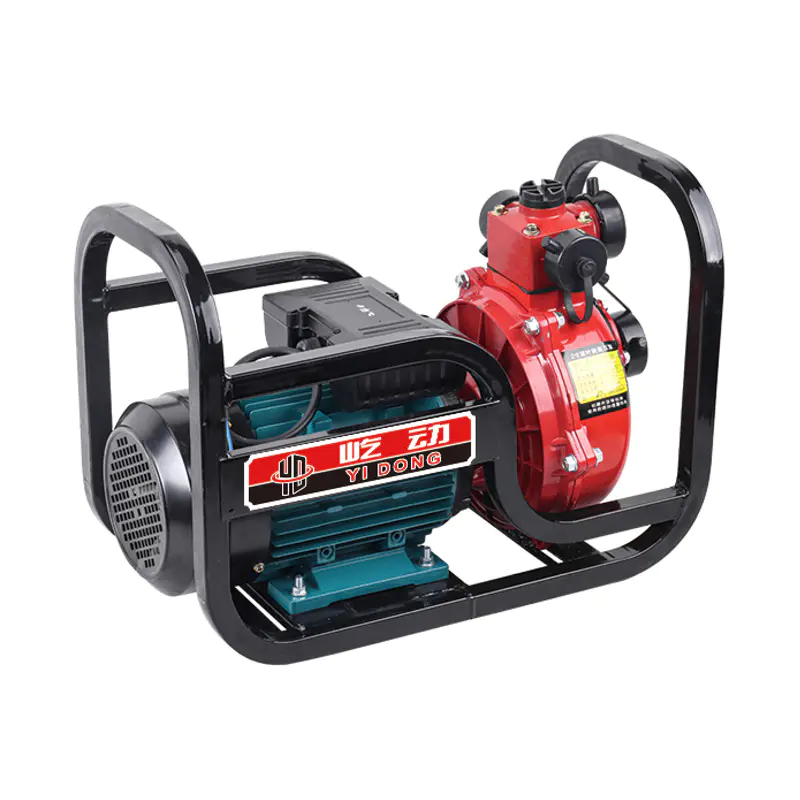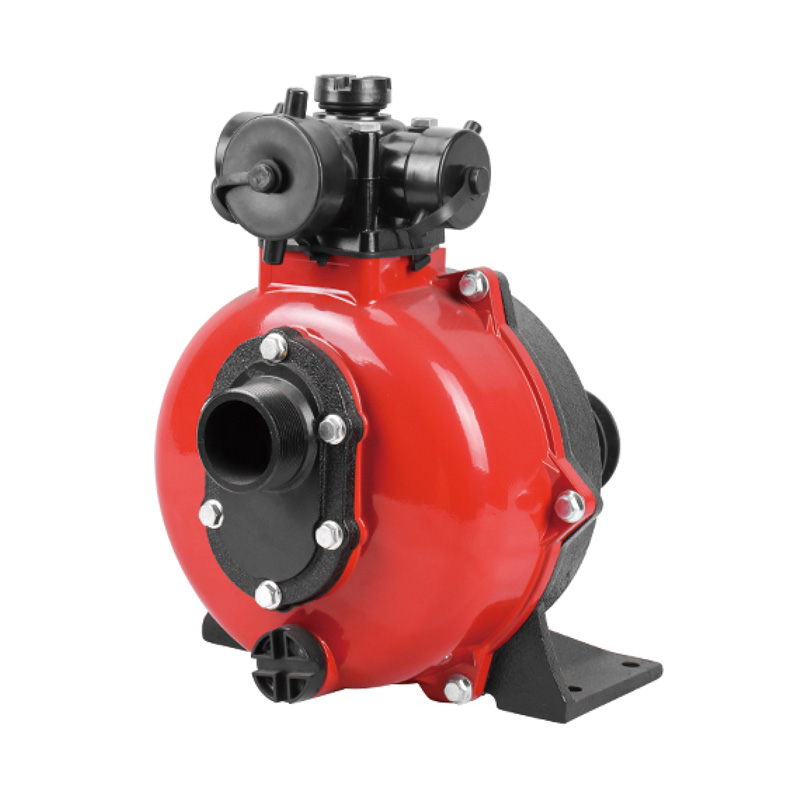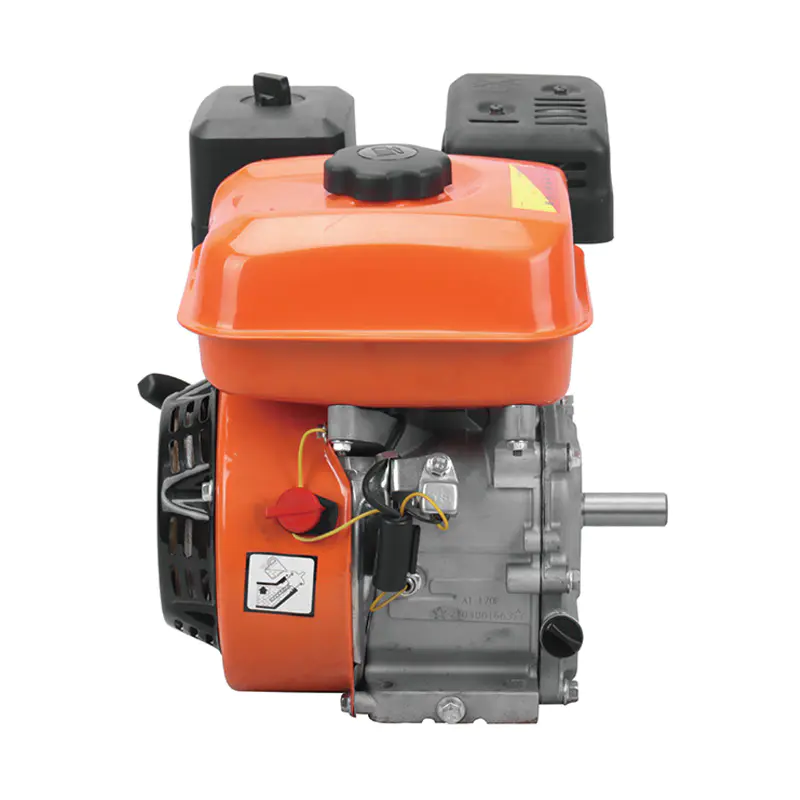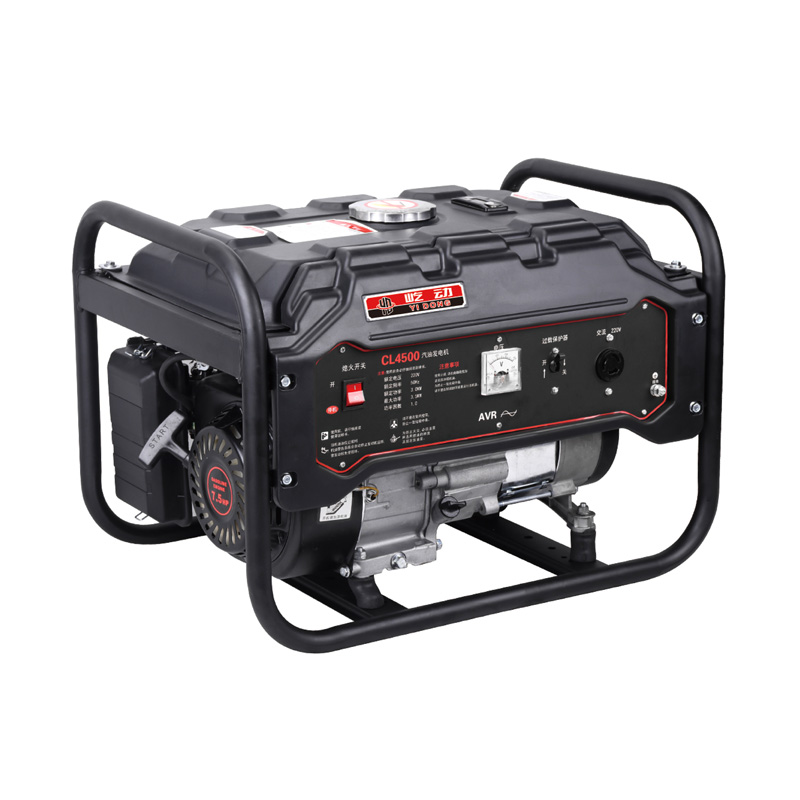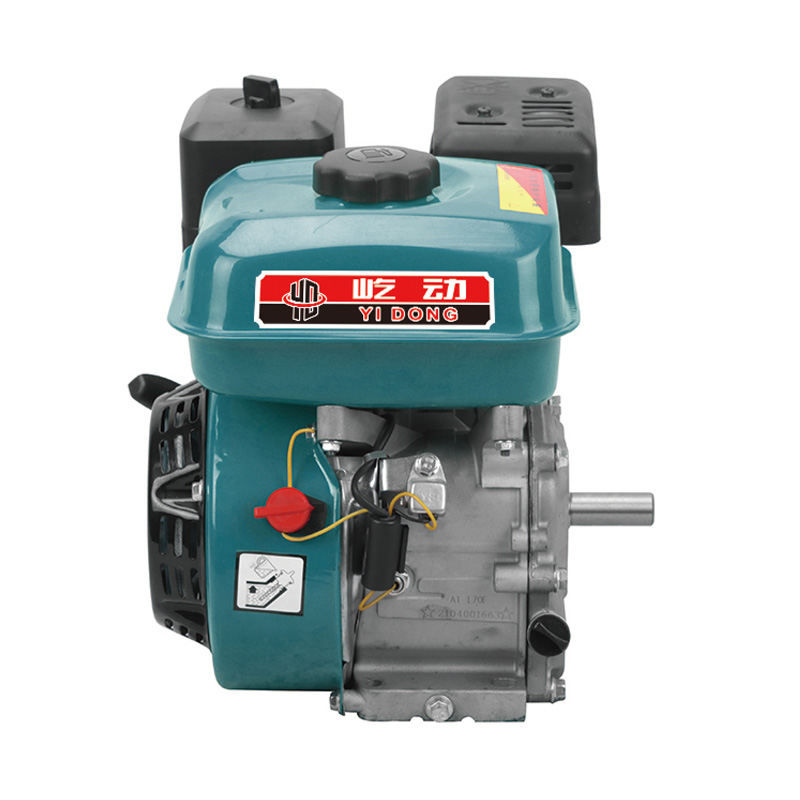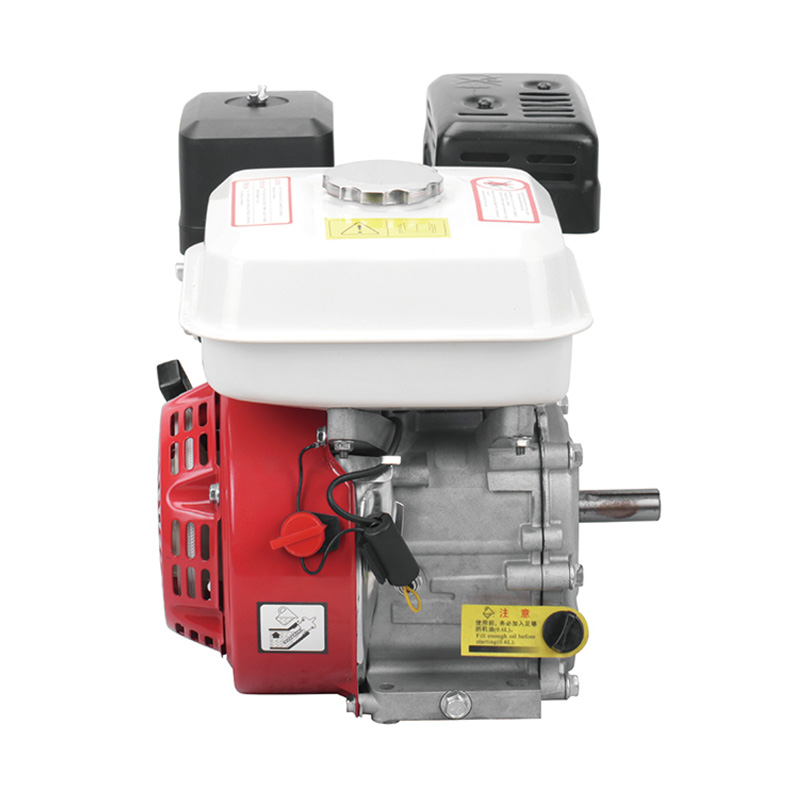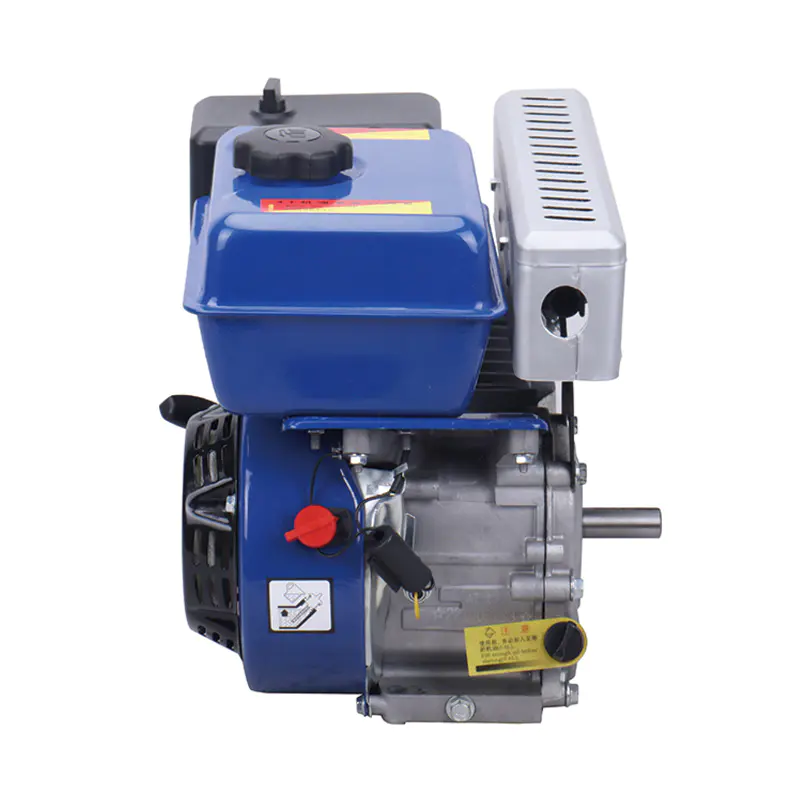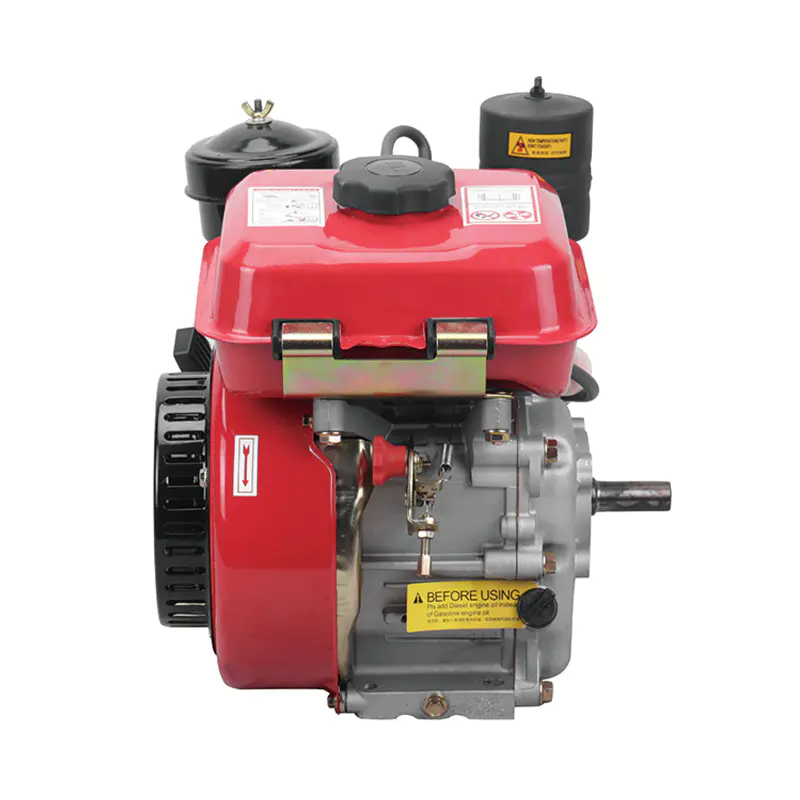Matching the Pump Capacity of a Portable Self-Priming Pump to Demand
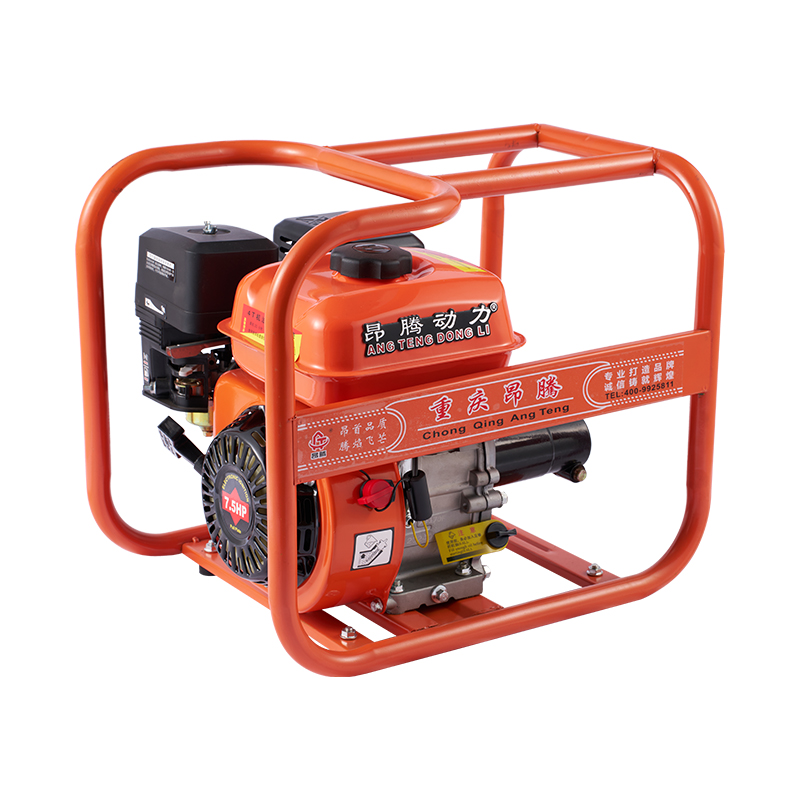
The cornerstone of effective fluid management lies in the precise alignment of a portable self-priming pump's capacity with the specific demands of its intended application. This crucial process ensures not only the successful completion of a task but also the promotion of energy efficiency and the long-term durability of the equipment. A pump that is too small will inevitably fail to deliver the necessary performance, while an oversized unit can operational complications. The pathway to achieving this essential balance involves a systematic evaluation of the system's requirements and a careful interpretation of the pump's performance data.
Step 1: Define the Application's Flow Requirement
The initial step is to determine the necessary flow rate, which is the volume of liquid that must be moved within a specific period. This is typically measured in gallons per minute or liters per minute. The required flow is dictated by the nature of the task, such as the speed needed to dewater an excavation site or the volume required for agricultural irrigation.
Step 2: Calculate the Total Dynamic Head
The next critical calculation is the Total Dynamic Head, which represents the complete resistance the pump must overcome. This figure is the sum of the vertical distance the liquid must be lifted from the water source to the point of discharge, known as static head, and the friction losses generated as water travels through the hose or pipe. These friction losses are influenced by the length and diameter of the discharge line and any fittings or elbows within the system.
Step 3: Consult the Pump Performance Curve
With the required flow rate and total dynamic head established, the final step is to consult the pump’s performance curve. This graph, provided by the manufacturer, visually represents the relationship between a pump's flow output and its corresponding head capability. The pump selection is identified when the intersection point of your required flow and head lands on or near the center of the pump's performance curve, a zone known as the efficiency point. Operating the pump within this zone ensures reliable performance while reduce fuel consumption and mechanical wear.
Matching a Parallel Stainless Steel Centrifugal Pump to Available Power Supply
Ensuring a parallel stainless steel centrifugal pump is synchronized with its available power supply is a fundamental prerequisite for achieving safe, stable, and efficient operation. The consequences of an electrical mismatch can range from persistent performance issues and nuisance tripping of circuit breakers to catastrophic failure of the motor itself. The process of achieving this harmony begins with a clear understanding of the pump's electrical needs and a rigorous verification of the power source's capabilities.
The critical action is to locate and examine the pump motor's nameplate. This metal tag provides the essential specifications that guide the entire matching process. It details the required voltage—for instance, 230V or 480V—and specifies whether the motor is designed for a single-phase or three-phase electrical supply. Many importantly, it states the Full-Load Amperage (FLA), which is the current the motor will draw under its rated operational load.
Once the pump's requirements are known, the focus shifts to the power supply. For a permanent installation, this involves verifying that the facility's electrical service panel can deliver the correct voltage and phase. The circuit breaker protecting the pump must be sized to handle the motor's amperage without unnecessary tripping, yet still provide safe overload protection. The wiring from the panel to the pump must also be of an adequate gauge to carry the electrical current without overheating. In scenarios where a generator is used, the sizing becomes even more vital. The generator’s rated output must be capable of supplying the high initial current, known as Locked-Rotor Amperage (LRA), required to start the pump motor. A generator that is too small will be unable to start the pump, potentially damaging both units. A thorough and careful matching of the power supply to the pump's electrical demands is therefore the definitive measure for ensuring operational integrity and long-term reliability.



 English
English русский
русский Français
Français Español
Español عربى
عربى